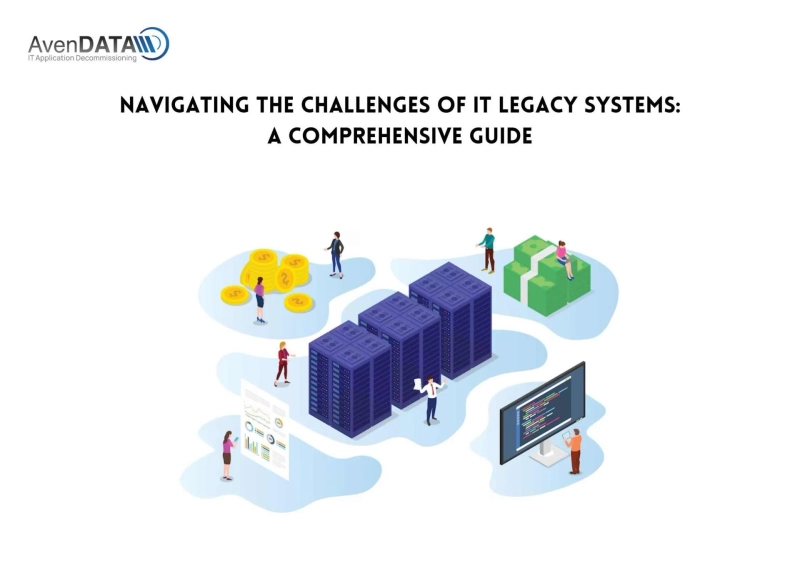Introduction:
In today’s fast-paced digital landscape, businesses heavily rely on cutting-edge technology to stay competitive. However, many organizations still grapple with legacy IT systems that have been in place for years or even decades. These outdated systems pose various challenges that hinder efficiency, security, and adaptability. In this blog, we will delve into the complexities of IT legacy systems, explore their potential risks, and discuss strategies to address them effectively.
1. Understanding IT Legacy Systems:
IT legacy systems refer to outdated hardware, software, or applications that have been in use for an extended period. Often, these systems are no longer supported by the original vendors and may lack essential updates or security patches. Despite their limitations, some organizations continue to rely on these systems due to factors like data retention, integration challenges, or budget constraints.
2. Challenges Posed by Legacy Systems:
a. Compatibility Issues: As technology advances, legacy systems struggle to keep up with modern applications, leading to compatibility problems and hindering seamless data exchange.
b. Security Risks: Outdated systems may have unaddressed vulnerabilities, making them susceptible to cyberattacks and data breaches.
c. Maintenance and Support: Legacy systems often require specialized skills for maintenance and support, increasing operational costs.
d. Integration Difficulties: Integrating legacy systems with new platforms can be complex and time-consuming, hampering organizational agility.
3. Risks of Staying with Legacy Systems:
a. Reduced Productivity: Slow performance and frequent downtime can hinder employee productivity and impact overall business operations.
b. Compliance Concerns: Legacy systems may not comply with current data protection regulations, exposing organizations to legal and financial risks.
c. High Costs: Maintaining and supporting legacy systems can be costly, taking resources away from investments in innovation and growth.
4. Strategies for Modernizing Legacy Systems:
a. Conduct a Comprehensive Assessment: Evaluate the existing IT landscape to identify the most critical legacy systems and their potential impact on the business.
b. Plan for Migration: Develop a clear migration strategy, considering data migration, integration requirements, and potential disruptions.
c. Adopt Cloud Solutions: Embrace cloud-based solutions that offer scalability, security, and cost-effectiveness, easing the burden of legacy system maintenance.
d. Partner with IT Consultants: Engage with experienced IT consultants like AvenDATA who specialize in legacy system modernization and data archiving.
Conclusion:
The challenges presented by IT legacy systems are significant, but with a well-thought-out plan and the right expertise, organizations can successfully overcome them. Embracing digital transformation through modernization and data archiving empowers businesses to enhance efficiency, security, and compliance while unleashing their true potential in the digital age.
#AvenDATA #carveout #SAPCarveOut #LegacySystems #ITLegacysystem #ITCarveout #DataCarveOut #Decommissioning #ITDecommissioning



